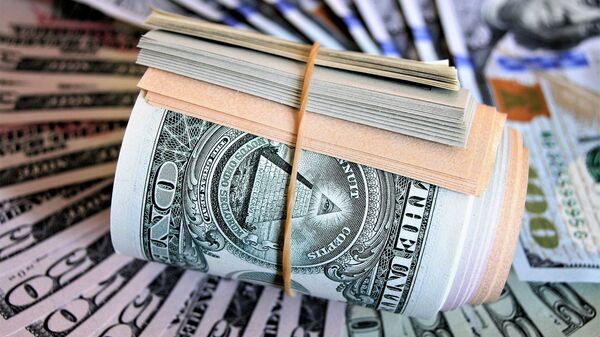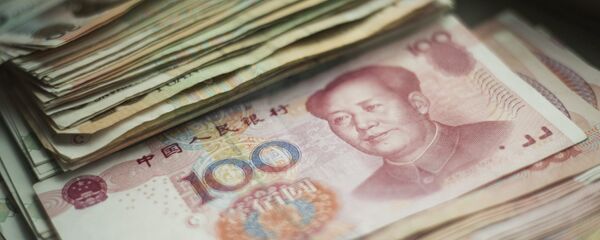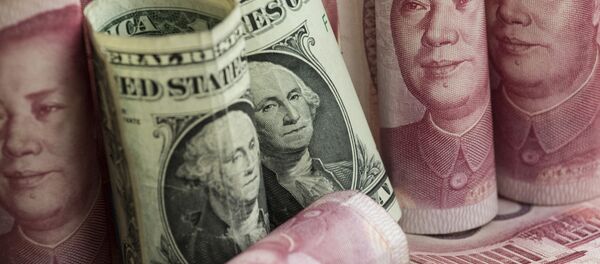Russia’s ditching of the dollar in favour of the rouble and other currencies is a result of the nature of US economic policies, Russian Prime Minister Dmitry Medvedev stated, as he took the floor at the Gaidar economic forum.
“As is known, we are also widening the use of roubles and other currencies in foreign trade transactions; we have drastically cut down other investments in US Treasury securities. Incidentally, a recent batch of Russian euro-securities has been issued in euros – all of this is a result of aggressive, and frankly speaking, often stupid economic policies pursued by the United States”, the prime minister noted.
He went on to say that “the tendency to diminish national economies’ dependence on the dollar is going to rise; such economic moves taken by the most powerful player on the economic arena are only increasing tension”.
The Gaidar forum kicked off in Moscow on 15 January and will last to 17 January.
According to a recent report by the Bank of Russia, the country has significantly reduced the share of the US dollar in its international reserves, cutting it by a whopping 24.4 per cent, but simultaneously boosting the shares of the euro and the renminbi to 32 and 14.7 percent respectively. US dollar-denominated reserves dropped from 46 percent of the total to less than 22 by summer 2018.
The report states that Russia notably holds 10 times more yuan than other central banks do on average, the country’s yuan reserves accounting for around a quarter of total world reserves in the Chinese currency.
The total of the Bank of Russia’s volume of foreign currency and gold assets combined shot up by $40.4 billion, to $458.1 billion, between June 2017 and June 2018, which is expected to effectively shield the Russian economy from Washington’s sanctions spree.
President Putin brought up the dollar issue with regard to the Russian economy back in November, asserting that by making a weapon out of the greenback, the White House is “shooting itself not in the foot, but a bit higher”. He went on to point out that Russia has no desire to move away from the dollar, but is more likely “forced” to do so.
“We are not leaving the dollar, the dollar is leaving us", Putin stressed, with his remarks coming shortly on the heels of the de-dollarization plan suggested by Andrey Kostin, the head of the second largest and a highly reputable Russian bank VTB. His roadmap oversees a gradual shift in bi-lateral trade with countries to their local currencies, particularly within the domain of the budding Eurasian Economic Union (EAEU).
The projected plan is also in line with the rhetoric of Russian Industry and Trade Minister Denis Manturov, who told Sputnik in September that Russia was working towards settlements in local currencies with the countries of different parts of the world, namely the Middle East, Southeast Asia, Latin America and Africa. However, no restrictions on transactions in the US currency have been announced so far.
READ MORE: Putin-Trump Meeting May Weaken US Dollar Against Russian Ruble — Economists
Moscow’s de-dollarization plan is seen as an effective move to stimulate economic growth and protect the economy from US sanctions, a spate of which Washington has already slapped on Russia and a range of other countries, having engaged in a genuine trade war with many of them, including China, Turkey, Canada and others. In a parallel counter-dollar push, the international community has recently also been prioritizing purchases of gold, with various central banks having secured as much as 148 metric tons of gold by the end of 2018, which is 22 percent more than the same period in 2017.






